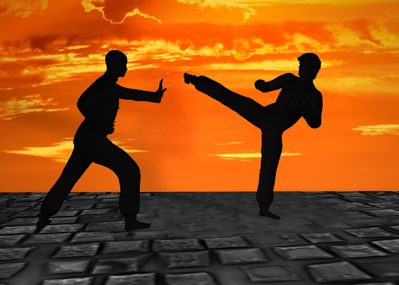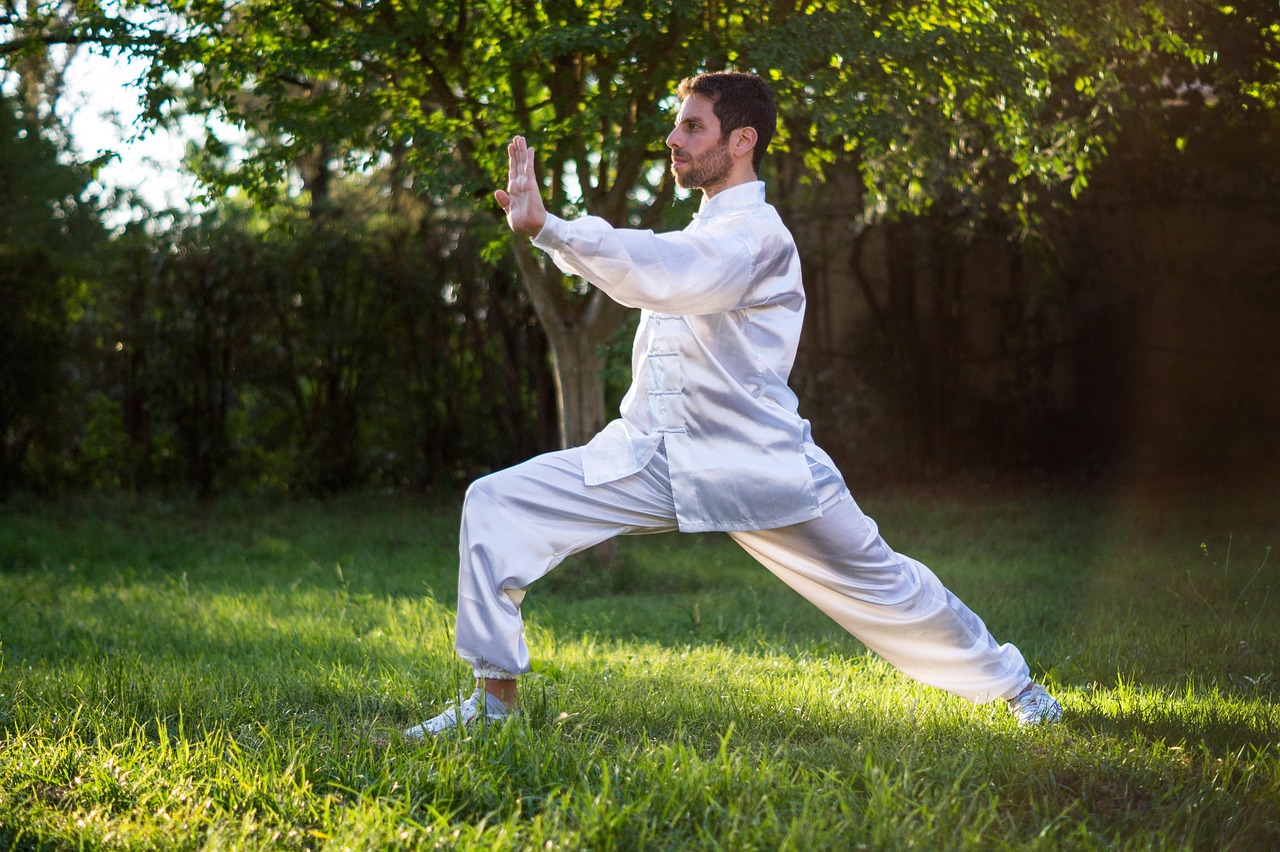Tai Chi - Part 1
The Art of Chinese Martial Arts
Chinese martial arts, also known as Kung Fu or Wushu, have a rich history dating back thousands of years. These ancient fighting techniques have not only been used for self-defense but have also become a form of art and exercise practiced worldwide. In this two-part series, we will explore the fascinating world of Chinese martial arts, its history, styles, and cultural significance.
The History of Chinese Martial Arts
The origins of Chinese martial arts can be traced back to the Xia Dynasty (c. 2100-1600 BCE) when military training and combat techniques were developed. Over the centuries, these techniques evolved and were influenced by various philosophical and cultural movements, such as Taoism, Buddhism, and Confucianism.
During the Zhou Dynasty (1046-256 BCE), martial arts training became more organized, with different schools and styles emerging. These styles were often named after animals, such as Tiger, Crane, and Snake, and were characterized by their unique movements and philosophies.
Popular Styles of Chinese Martial Arts
There are numerous styles of Chinese martial arts, each with its own techniques, forms, and principles. Some of the most popular styles include:
- Shaolin Kung Fu: Originating from the Shaolin Temple in Henan Province, this style is known for its powerful strikes, dynamic kicks, and rigorous training methods.
- Tai Chi: A gentle and flowing style that focuses on internal energy (Qi) cultivation, balance, and meditation. Tai Chi is popular among people of all ages for its health benefits.
- Wing Chun: A close-range combat style known for its efficiency and directness. It emphasizes simultaneous defense and attack movements.
- Baguazhang: A circular and evasive style that incorporates continuous spinning movements and palm changes. It is based on the principles of Yin and Yang.
Cultural Significance
Chinese martial arts are not just about fighting; they embody a deep cultural heritage and philosophy. Practitioners learn discipline, respect, humility, and perseverance through their training. The practice of martial arts is also a way to connect with Chinese traditions and history.
Stay tuned for Part 2 of our series, where we will delve deeper into the philosophy and training methods of Chinese martial arts.

Keep exploring the ancient art of Chinese martial arts to discover its beauty, strength, and wisdom.
